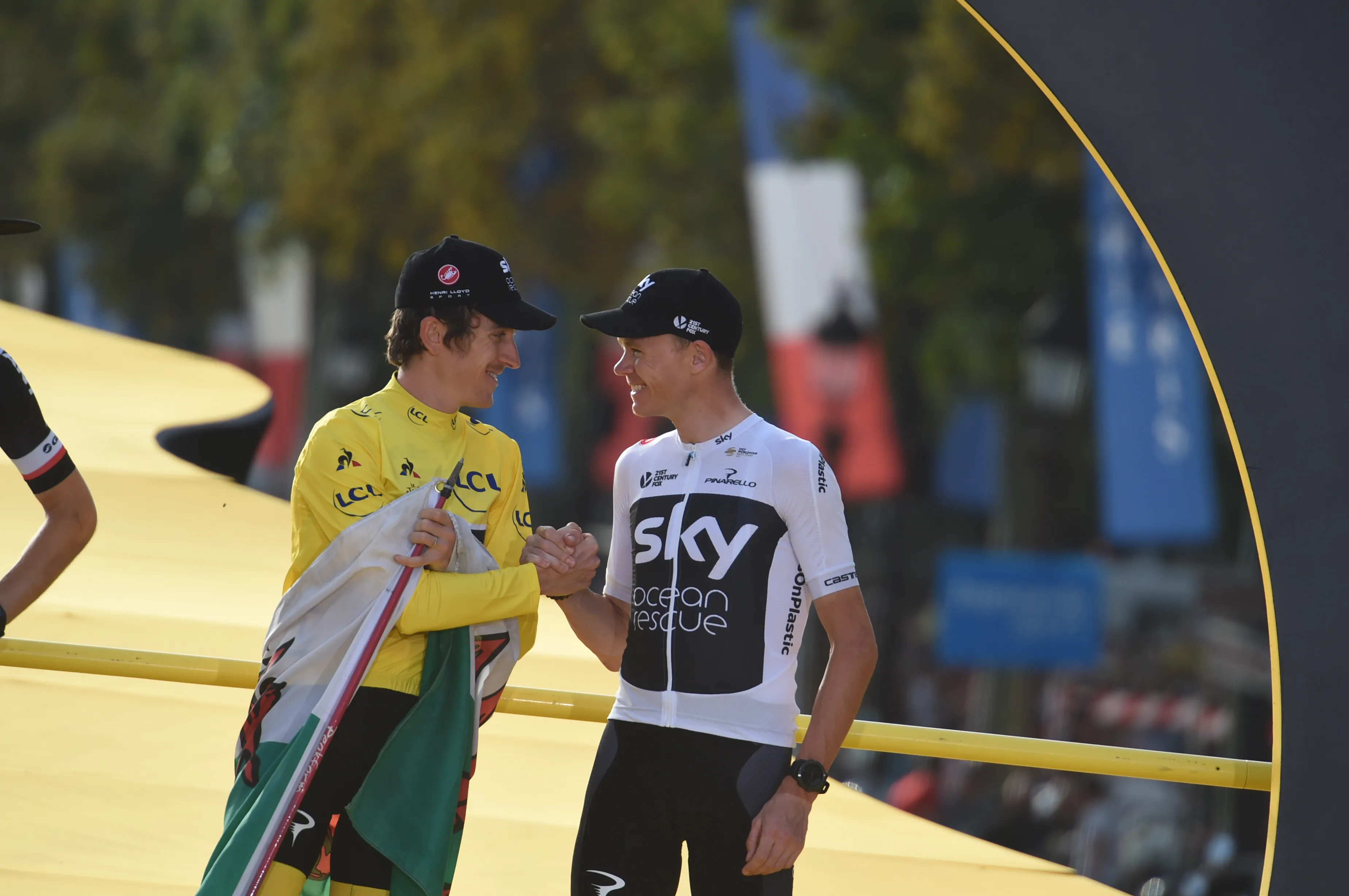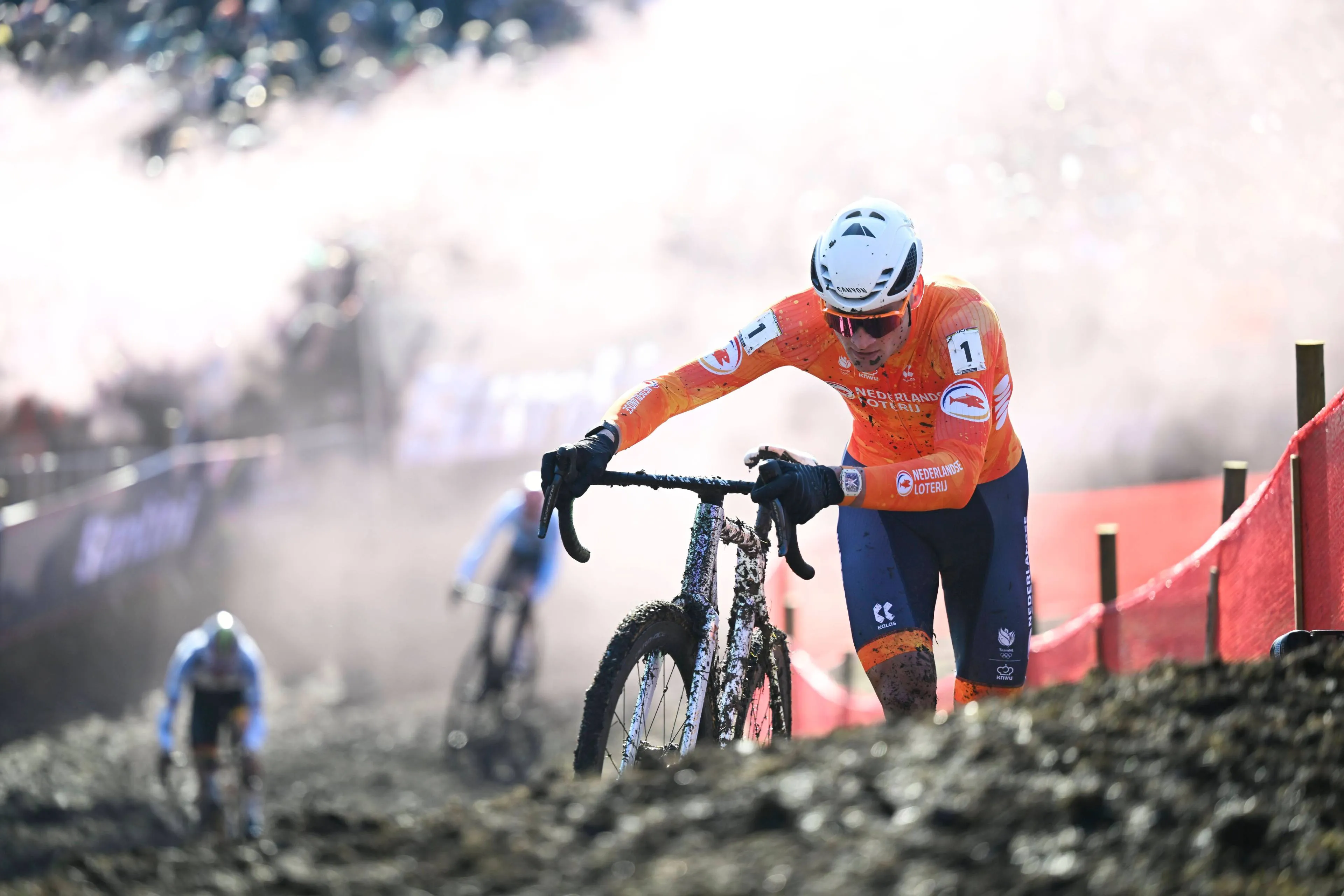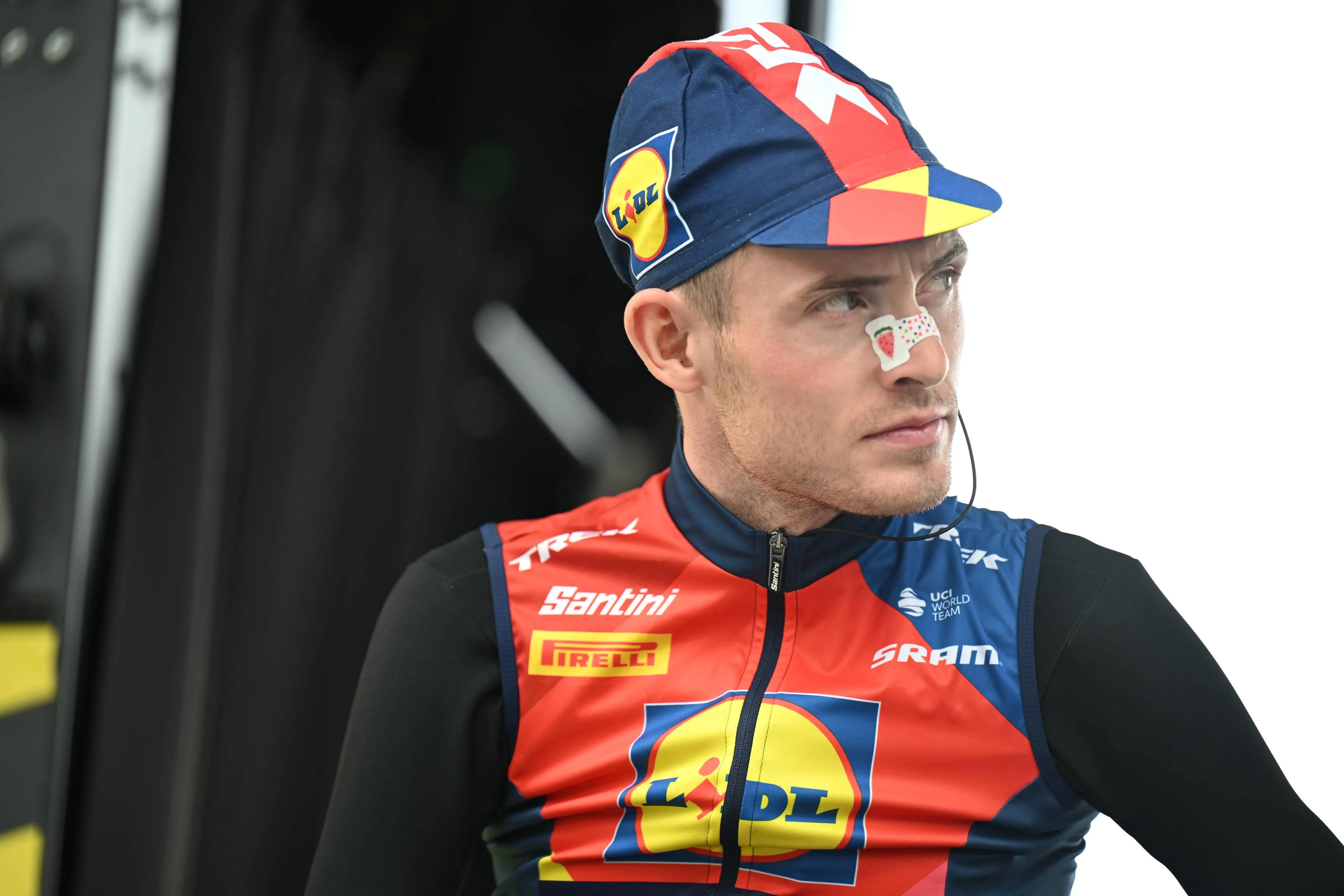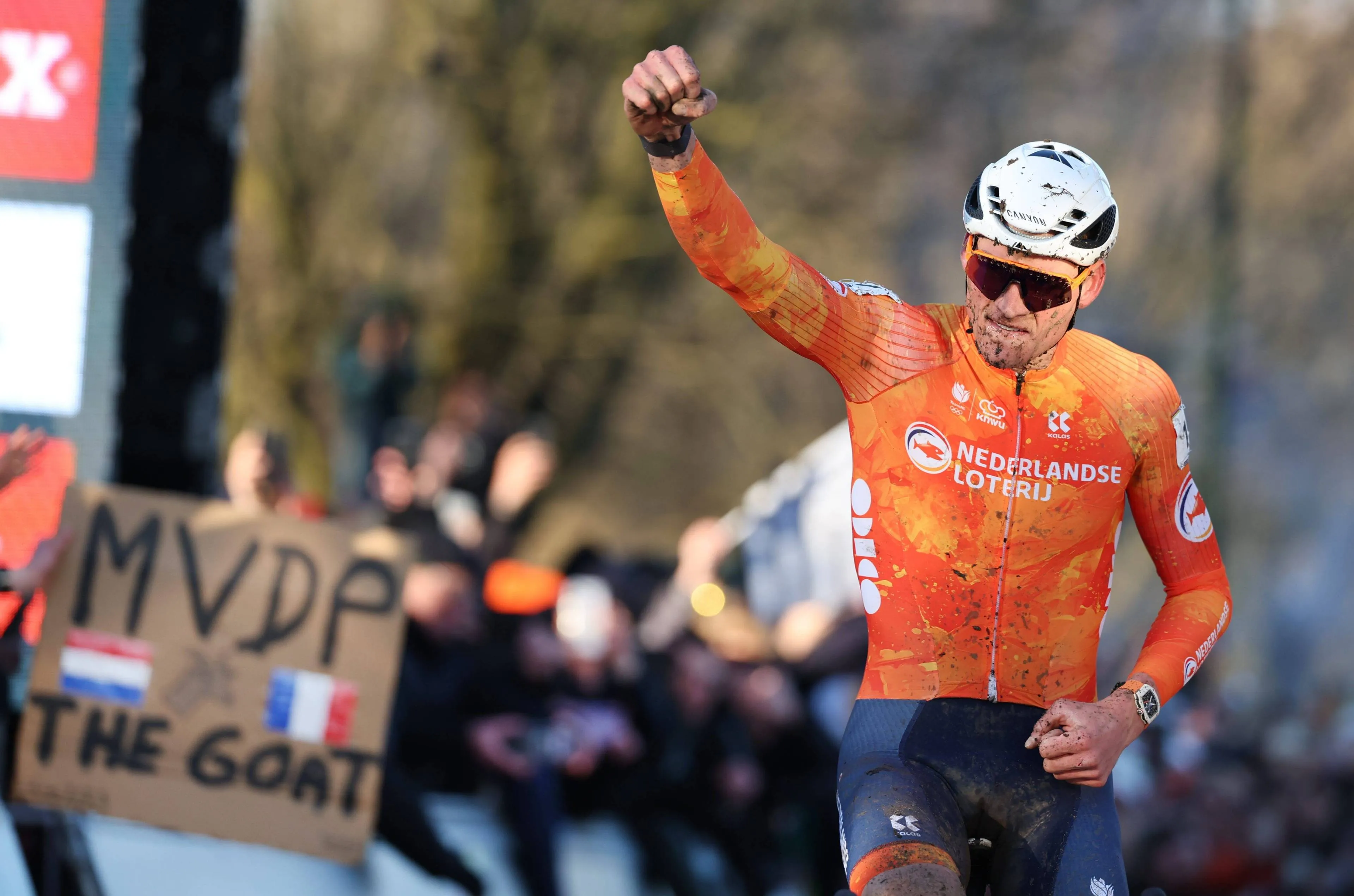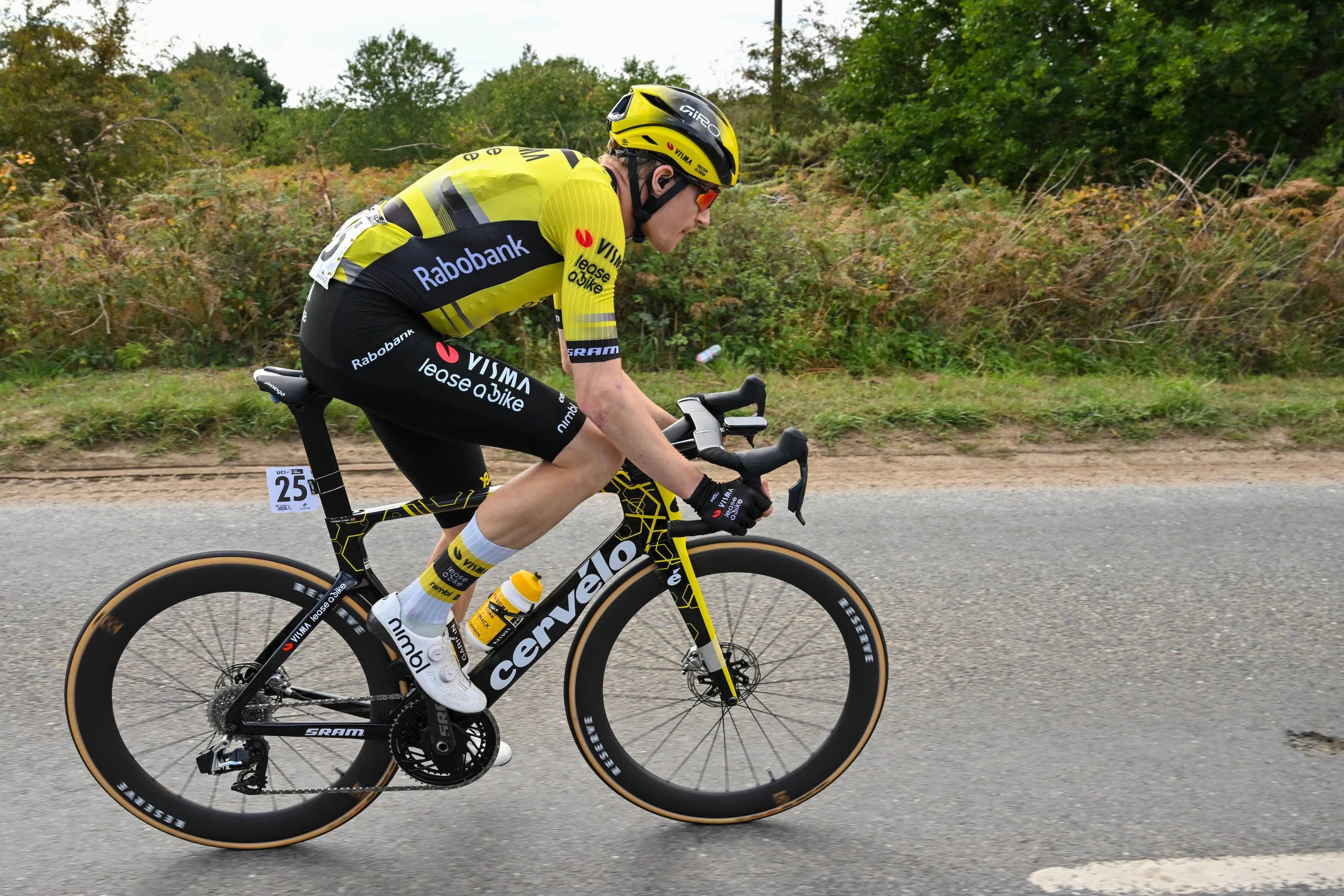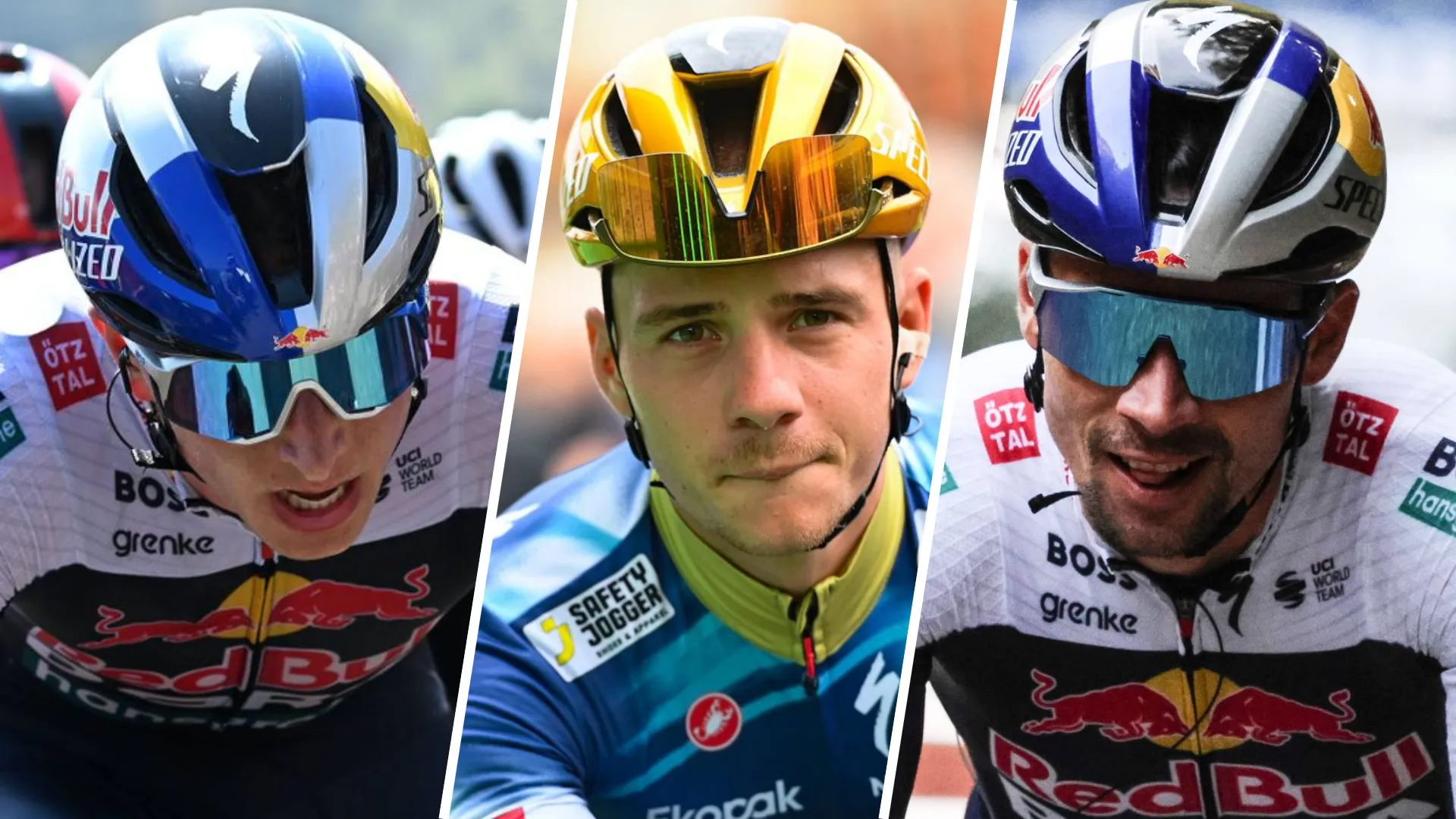"The exception is Van Aert" - What makes Wout different to Pogacar and the other top pros?
CyclingThursday, 20 February 2025 at 02:00
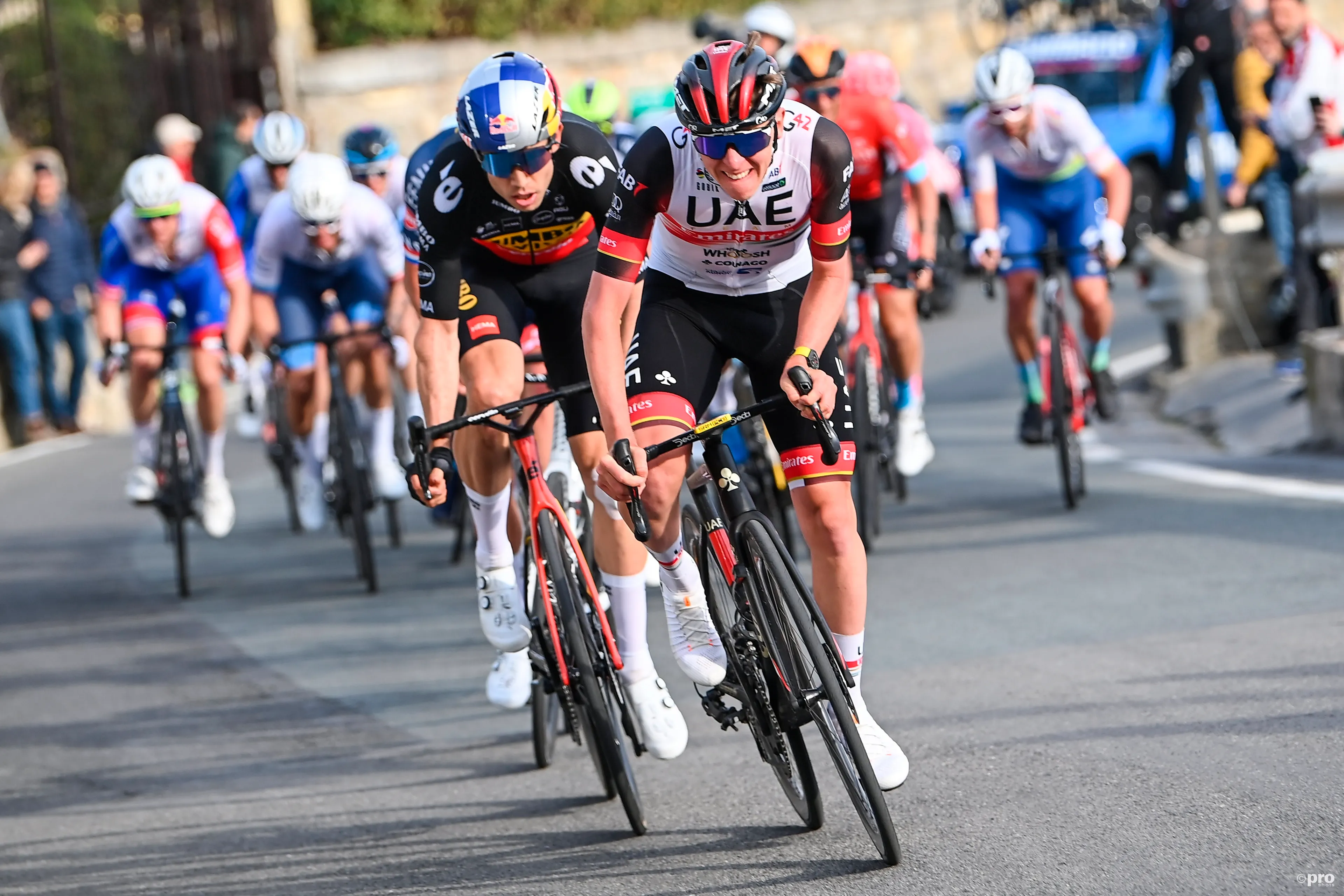
In the era of marginal gains, even the rider’s position on
their bike is of crucial importance. But what defines the perfect position, and
how do riders and teams determine it?
Former pro Sep Vanmarcke shared his thoughts with Het
Nieuwsblad: "One area where riders are searching for marginal gains is
their cycling position. It would be interesting to compare a photo of Eddy
Merckx with one of Tadej Pogacar today, both performing a similar effort on a
road bike."
Read also
The 36-year-old Belgian, who won Omloop Het Nieuwsblad in
2012, stepped down from his role as sports director at Israel-Premier Tech at
the end of 2024. Reflecting on the evolution of rider positioning, he noted, "You’ll see that Merckx was much more stretched out and lower on the bike.
That’s how it was back then, the saddle positioned far back with little
so-called ‘drop,’ the vertical distance between the top of the handlebars and
the saddle. This position drew nearly all the power from the upper legs and put
a lot of strain on the lower back."
Vanmarcke highlighted how aerodynamics have reshaped riding
styles, "There is much more focus on aerodynamics, which is clearly
visible in how handlebars have developed over time. They are now much lower
than before and have also become significantly narrower.
"At the beginning of my
career, I rode with handlebars that were 44 centimetres wide. By the time I
retired, we were down to 38 centimetres, and today, even 36 centimetres is no
longer unusual."
Read also
He also pointed out the shift in saddle positioning, "The saddle is also positioned much further forward than it used to be.
When I started, seat posts would naturally be angled backward, whereas now they
are completely straight. The setback (the horizontal distance between the
saddle’s tip and the bottom bracket) is much smaller than before. This makes
the riding position more aerodynamic but also less comfortable."
Discussing Tadej Pogacar’s approach, Vanmarcke observed, "Pogacar pays extreme attention to his hip angle. That’s why he even uses
short 165-millimeter cranks. The longer the cranks, the higher the foot rises
during the pedal stroke, which pushes the upper legs more toward the torso.
What stands out to me is that Pogačar rides in a fairly upright position."
Read also
What about Wout van Aert? Vanmarcke shared an interesting
insight, "One observation I made as a pro: to what extent do riders
actually maintain their ideal, millimeter-perfect position under full effort? I
see many riders sliding forward, right to the tip of their saddle. The
exception is Van Aert, who always uses the entire seating surface."
Vanmarcke concluded with his personal experience of trying
new aerodynamic innovations: "I’ve tried all the aerodynamic innovations
on the road, including shorter cranks. My feeling is that they mainly benefit
you on climbs or during long solo attacks.
"But I was never that kind of rider.
It's important to be aware of all the latest advancements, but even more
important is that your position on the bike feels right. Otherwise, you have a
problem."
Read also
claps 4visitors 4
Just in
Popular news
Latest comments
- Team first ...Davide12-12-2025
- "Is he (Ayuso) going to help you there?" ------------------- NO.
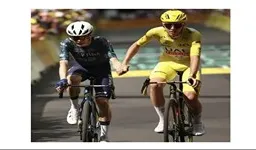 maria2024202412-12-2025
maria2024202412-12-2025 - Stage 14: -48 sec Stage 15: -15 sec Stage 16: - 8 sec Defending wel! :)MajorPayne12-12-2025
- In my opinion, the second strongest team is LIDL.
 maria2024202412-12-2025
maria2024202412-12-2025 - Chapeau! Sepp Kuss did that a few years back when Visma won all three GTs that yearCrashjames12-12-2025
- Superstar??? He won exactly zero races this year other than the Tour de l’Avenir. He won some races as a junior. I don’t get the hype, yet. Maybe I’ll be proven wrong.mij12-12-2025
- ummm he would definitely have won even with roglic still there, buddy was more than a minute up and defending well against an in shape roglic.bruins3012-12-2025
- I don't think he's finished either, but next to Tadej and Jonas and some others who are better GC than him, he'll never win a Grand Tour. He wouldn't have won that Vuelta if Rogla hadn't crashed.MajorPayne12-12-2025
- Weirdo!!!??? I wish Roglič all the best and I think he has a chance (if Tadej or Jonas don't decide to go to the Vuelta) Remco has no chance next to Tadej and Jonas (and Lipowitz).MajorPayne12-12-2025
- Weirdo. You think Roglic has a shot at another one and Remco will never win one again? Look at Remco's palmares now and Froome's at the same age.Veganpotter12-12-2025
Loading
Write a comment

